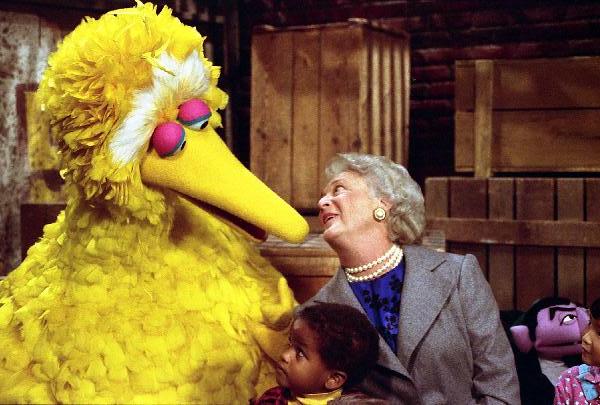This loving community of humans and puppets from all walks of life promotes comprehensive early education for all
By ANGIE CUMMINGS — arts@theaggie.org
Recently, an adorable red monster went viral on Twitter for his feud with a rock, reminding many of the quality entertainment they consumed almost daily as children. With the world-famous cast of muppets — including Elmo, Big Bird, Cookie Monster, Oscar the Grouch, Bert and Ernie and many more — “Sesame Street” has captivated audiences (both toddlers and adults alike) and provided educational entertainment across the U.S. for over 50 years.
Besides offering an enjoyable TV show, “Sesame Street” was founded on basic principles that at the time of its creation in 1969 were almost revolutionary. Instead of children’s programs revolving around selling breakfast cereal or the newest toy, the creators of “Sesame Street” (Joan Ganz Cooney and Lloyd Morrissett) founded their public access show on providing research-based education for all children. The show was actually created as an initiative to close the educational gap that began at the pre-K level for children in low-income families.
In addition to the typical TV producers, writers and artists, the show had a team of developmental and educational researchers, child psychologists and other specialists to not only teach children their ABCs and 123s, but a myriad other crucial skills many would otherwise miss out on during these formative years. From skits of the muppets modeling conflict resolution to segments tackling abstract and difficult concepts like grief, “Sesame Street” has been helping children understand the world and people around them in a much deeper way than most TV.
From the very beginning, the show has known the importance of having a realistic reflection of who is watching their content on the screen. In 1970, “Sesame Street” was banned by the Mississippi State Commission for Educational Television for being too integrated. Unlike the majority of TV or movies, the diversity on “Sesame Street” has always been unapologetically realistic. Besides having a diverse human cast that appropriately reflects the people who live in this country, the show has continually brought in muppets experiencing things many children do but never get to see represented in the media.
We all know the phrase “representation matters,” and when it comes to a show watched by the majority of this country’s population in their formative years, representation is a crucial part of identity formation and acceptance. In 2015, the show introduced a four-year-old muppet by the name of Julia, who was their first autistic character, providing neurodivergent children with an example of someone like them being accepted and understood, rather than ostracized or made the butt of a joke as so often used to be the case in entertainment.
There are segments and characters that help children understand familial homlessness, dealing with a loved one affected by drug-addiction and incarceration — topics typically entirely avoided by anything made for children, branding them unspeakable or shameful. Teaching about the things thousands of children and adults go through and helping them get through it is what “Sesame Street” is all about. The show’s history and continuing legacy inclusion and accessible education fosters a renewed sense of hope for future generations of audiences who are gaining skills that some adults have yet to learn.
Written by: Angie Cummings — arts@theaggie.org





